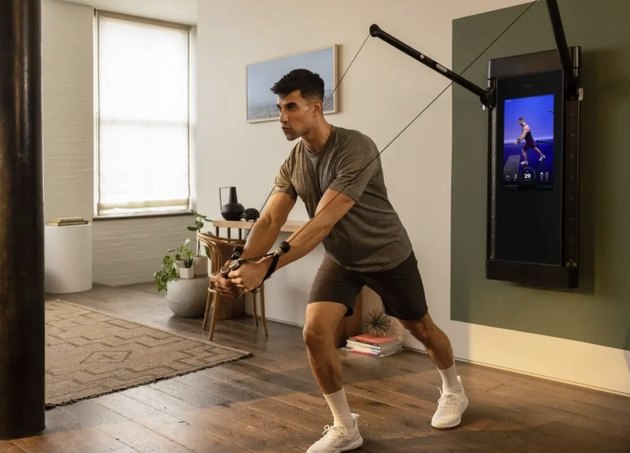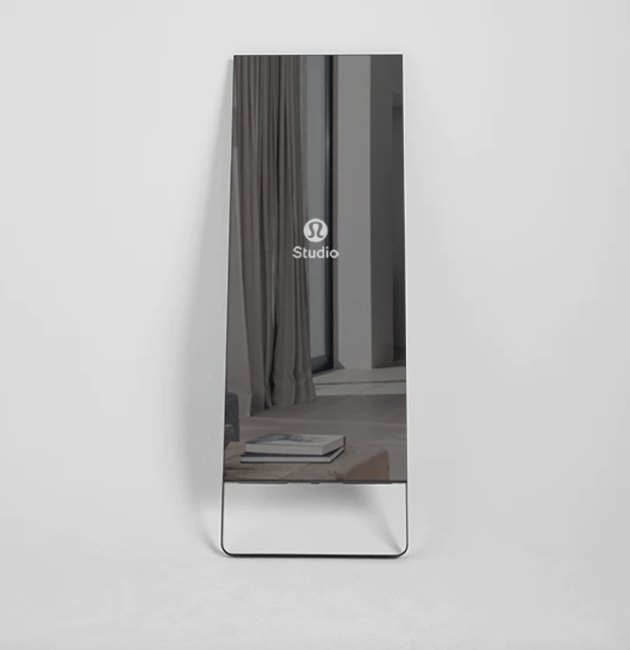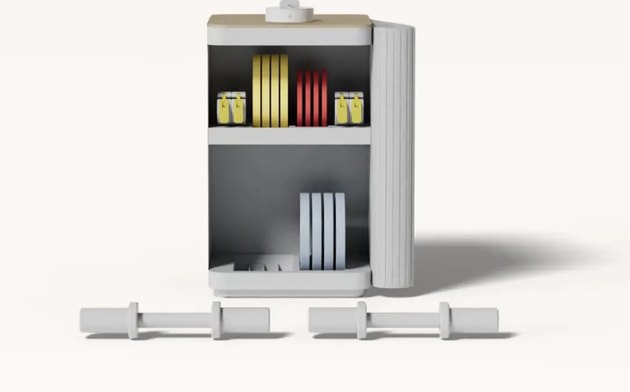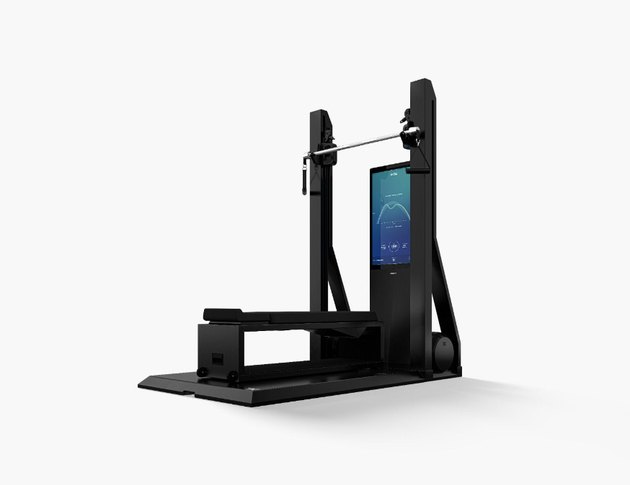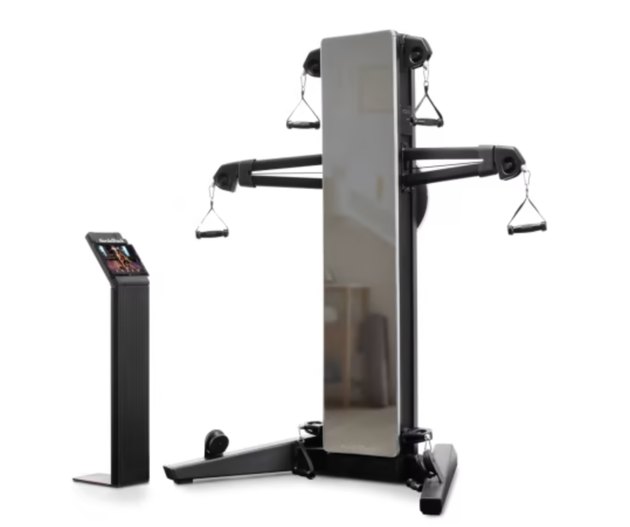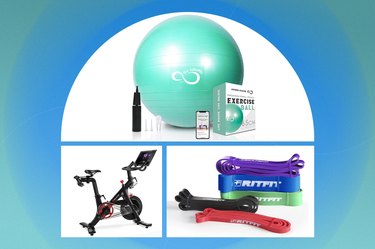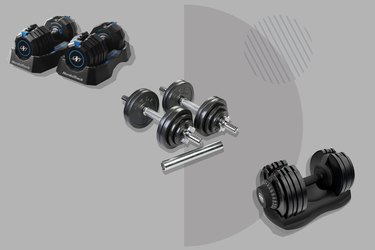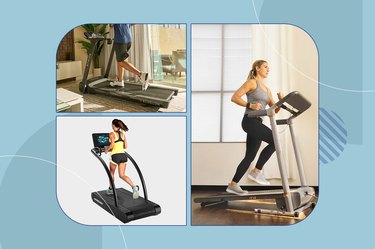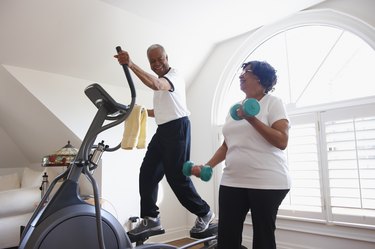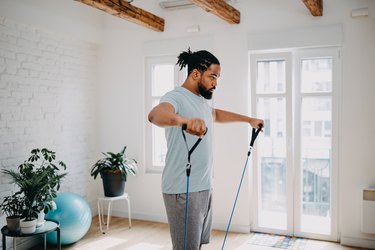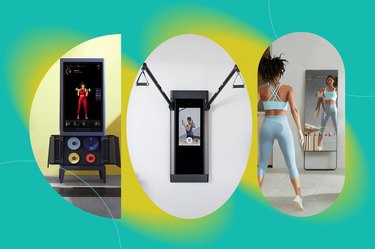
What do whipped coffee, Abercrombie & Fitch and home gyms have in common? In the past few years, they've experienced quite the glow up.
And while standard free weights certainly aren't obsolete, smart gyms have taken at-home training to a new, innovative level. Browse the best smart home gyms on the market below, and learn how to find the best machine for you.
Video of the Day
Video of the Day
The Best Smart Home Gyms
- Best Overall: Tonal ($3,495, Tonal)
- Best on a Budget: Mirror ($995, Mirror)
- Best for Advanced Workouts: Tempo Studio ($1,679, Tempo)
- Best for Functional Fitness: OxeFit XS1 ($3,999, OxeFit)
- Best for Small Spaces: NordicTrack Fusion CST Studio ($1,799, NordicTrack)
How We Chose
We chatted with a strength coach and personal trainer, who narrowed down the most important things to look for in an at-home smart gym. Our top picks are based on the following criteria. You can learn more about how we cover products here.
- Safety
- Workout variety
- Accessories
1. Best Overall: Tonal
2. Best on a Budget: Mirror Basic
3. Best for Advanced Workouts: Tempo Studio
4. Best for Functional Fitness: OxeFit XS1
5. Best for Workout Variety: NordicTrack Fusion CST Studio
3 Factors to Consider Before Buying
1. Your Favorite Activities
While most smart home gyms have a variety of streaming fitness classes to choose from, think about your favorite types of activities, Araujo recommends. Love boxing classes? Make sure the machine you're considering has this modality in its library.
Consider your fitness goals, too, she says. Those who want to build strength, for instance, should look for a smart gym with a resistance system of some sort, like cables, dumbbells or a barbell.
2. Your Budget
As you may have noticed, these home gyms aren't exactly the cheapest investment. So, the amount of money you're willing to spend affects the options at your disposal.
Also, keep in mind that most smart gyms require a monthly membership if you want to livestream classes or access video libraries. Usually, these are about $30 to $40 per month, but some companies require a year-long commitment, so make sure this additional cost can fit in your budget.
Equipment companies often offer financing options, meaning you can pay off your machine at a rate that feels comfortable. Many also have flexible return policies if you decide the investment isn't right for you after all.
3. Your Available Space
Unlike standard at-home gyms, most of these machines don't take up much space at all. Nevertheless, you still want to make sure there's enough space for your device, so double check the measurements in the product info before purchasing.
"I'd check that you have a few feet of space where you plan to put your home gym, too," Araujo says. "After all, workouts involve movement, so it's good to have a little space to move back and forth."
